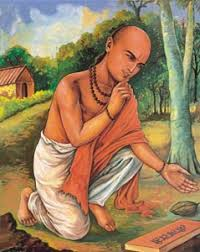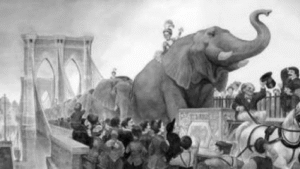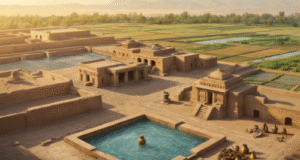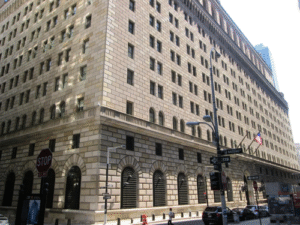Bhaskara II (c. 1114–1185), also known as Bhaskaracharya, was one of the greatest mathematicians and astronomers of medieval India. Born in Bijapur (now Vijayapura, Karnataka), he made groundbreaking contributions to algebra, arithmetic, geometry, and calculus, centuries before Newton and Leibniz.
- Early Use of Calculus
He introduced differentiation concepts and used them to solve astronomical problems.
Applied calculus to compute the instantaneous motion of planets, a precursor to derivatives.
Derived results on infinitesimals, closely related to modern differential calculus.
- Area and Volume of a Sphere
Used integration-like methods to determine the area and volume of spheres, anticipating ideas used in calculus.
- Algebra (Bijaganita)
Solved quadratic and indeterminate equations.
Discussed integer solutions to equations of the form ax+by=cax + by = c, which are now known as Diophantine equations.
Developed methods to solve the Pell’s equation x2−Ny2=1x^2 – Ny^2 = 1.
- Arithmetic (Lilavati)
Wrote Lilavati, a famous book on arithmetic, filled with problems and solutions.
The book is known for its engaging style and was used for centuries as a standard mathematics textbook.
- Astronomy (Siddhanta Shiromani)
Made accurate calculations of planetary positions and solar and lunar eclipses.
Developed methods to calculate elliptical orbits of planets.
Corrected astronomical errors from earlier works like Aryabhata’s.
- Concept of Gravity
Proposed an idea similar to gravity, explaining that objects fall due to a force of attraction by the Earth.
Although Newton and Leibniz formally developed calculus in the 17th century, Bhaskara II’s work contained essential ideas of differentiation and integration much earlier.
His use of calculus was applied to astronomy and geometry, rather than being developed as a formal mathematical discipline.
His works influenced Indian and Islamic mathematicians, later reaching Europe through translations.
His books (Lilavati, Bijaganita, Siddhanta Shiromani, and Ganitadhyaya) were widely used for centuries. The Bhaskara Crater on the Moon is named in his honor.







